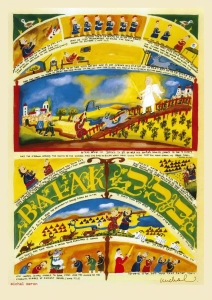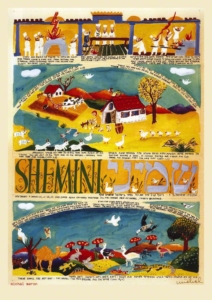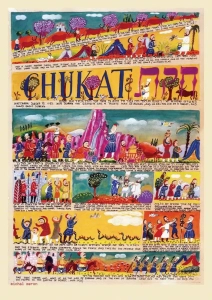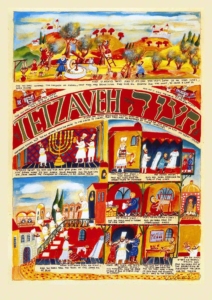MY DAILY LIFE TORAH COACH:
Parashat Chukat N.40
Navigating Life’s Journey with Ancient Insights
click the image to view it in the online store
Parashot Chukat is a Torah portion found in the Book of Numbers (Bamidbar) and encompasses Numbers 19:1-22:1. The portion is named after the Hebrew word “Chukat,” which means “statute” or “decree.” It contains several significant events and laws that occurred during the Israelites’ journey in the wilderness. G-d instructs Moses and Aaron regarding the Red Heifer; Miriam dies; Moses hits a rock to bring forth water rather than speaking to it; Aaron dies.
Parashot Chukat highlights the importance of ritual purity, obedience to divine commandments, and the consequences of leadership actions. Reinforces themes of faith, trust in God’s provision, and communal unity.
Lesson to apply on our daily life:
Community Support and Teamwork
The Israelites, wandering in the desert, often faced challenges together. Their survival depended on mutual support and cooperation. This resonates strongly in today’s interconnected world. Whether in the workplace or with in a community collaboration and mutual support are critical. By working together, pooling resources, and supporting each other, we can overcome significant challenges and achieve common goals.
Dealing with Change and Transition
The death of Miriam and Aaron signifies a significant transition for the Israelites. It marks the end of an era and the beginning of a new phase in their journey to the Promised Land.
Change is an inevitable part of life, and transitions, whether personal or professional, can be challenging. This part of the parasha teaches us about resilience, adaptation, and the importance of honoring the past while moving forward.
Modern Divine inspiration vs. emotion
Moses and Aaron, the incomparable leaders who led the children of Israel from their slavery in Egypt, emissaries of G-d who liberate them from Egypt, those same leaders who led the children of Israel for 40 years in the desert with infinite devotion – ultimately were not privileged to lead the nation to the long-awaited goal of reaching the Land of Israel. What was Moses’ and Aaron’s sin that led to such a severe punishment? Many commentators have offered their interpretations. One of the most interesting is that of Rabbi Abraham Ibn Ezra (Spain, 12th century), a renown biblical commentator, poet, philosopher, and scientist. According to Ibn Ezra, the sin of Moses and Aaron was being swept away by the emotions that stemmed from the dispute with the Children of Israel – anger and resentment.
Almost everyone has, in their personal lives, moments when anger and getting emotional lead to a loss of harmony, both internal and external, and to uncontrolled actions that almost always lead to unwanted results. We do have the power to overcome our emotions, even during challenging times, and maintain emotional equilibrium with our surroundings in any situation.
News from the Ghetto:
Announcement of Prolonging the Current Exhibition
The research exhibition on XVIth Century Printing in Venice has attracted a lot of attention, and sparked a considerable number of meaningful discussions. Although Germany is considered the birthplace of printing, it was the Venetian Republic that played a major role in its development.
We have received ample requests from the public to extend the exhibition period. After careful consultation with related parties we are able to share with you the exciting news that the exhibition will be on view until December 31, 2024.
We look forward to your visit!
FROM OUR GALLERY:
This week, we invite you to visit our site! The limited series of The Six Days of Creation have a special discount of 10%!


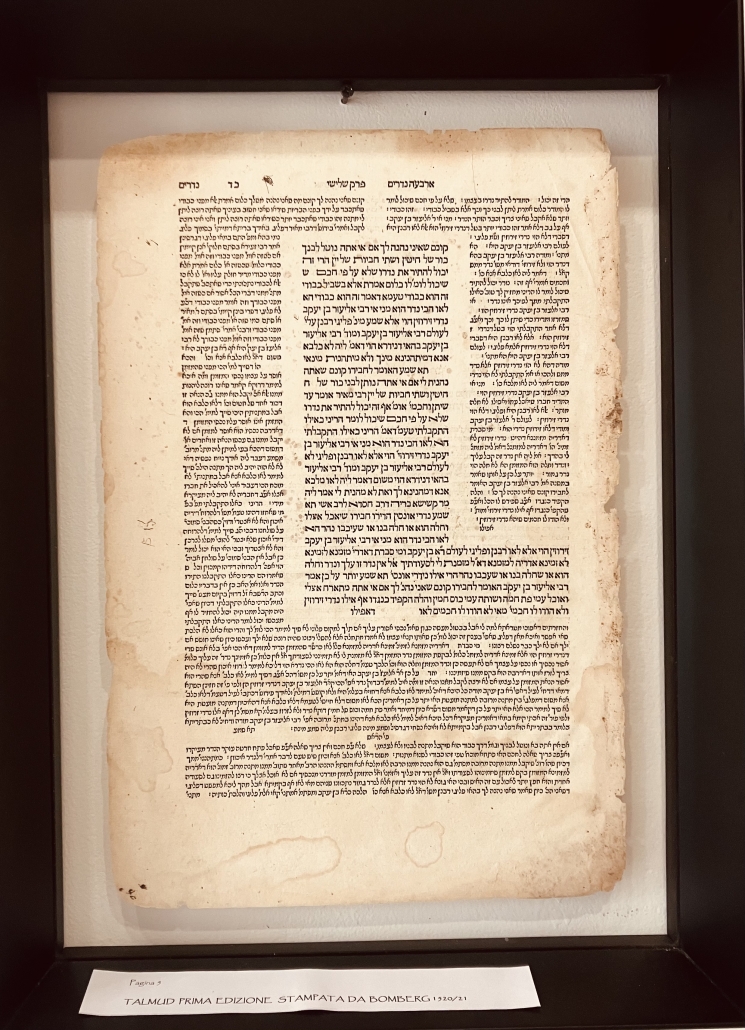
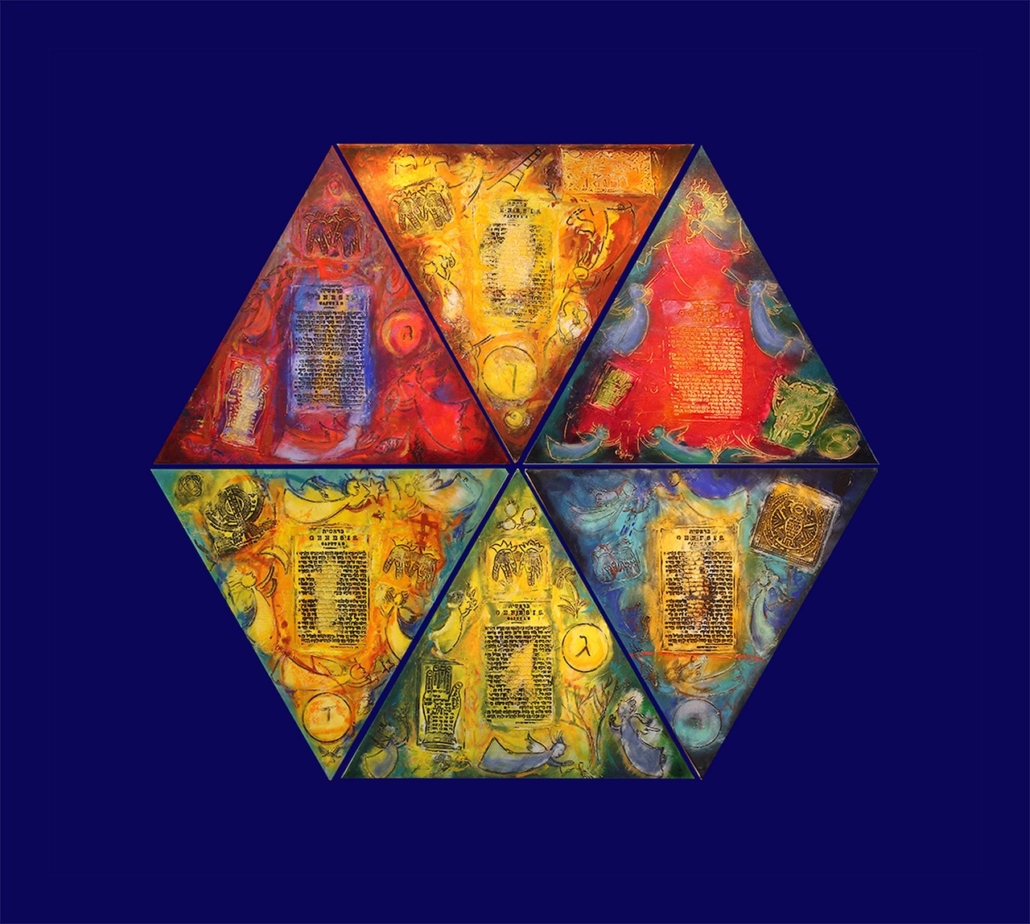
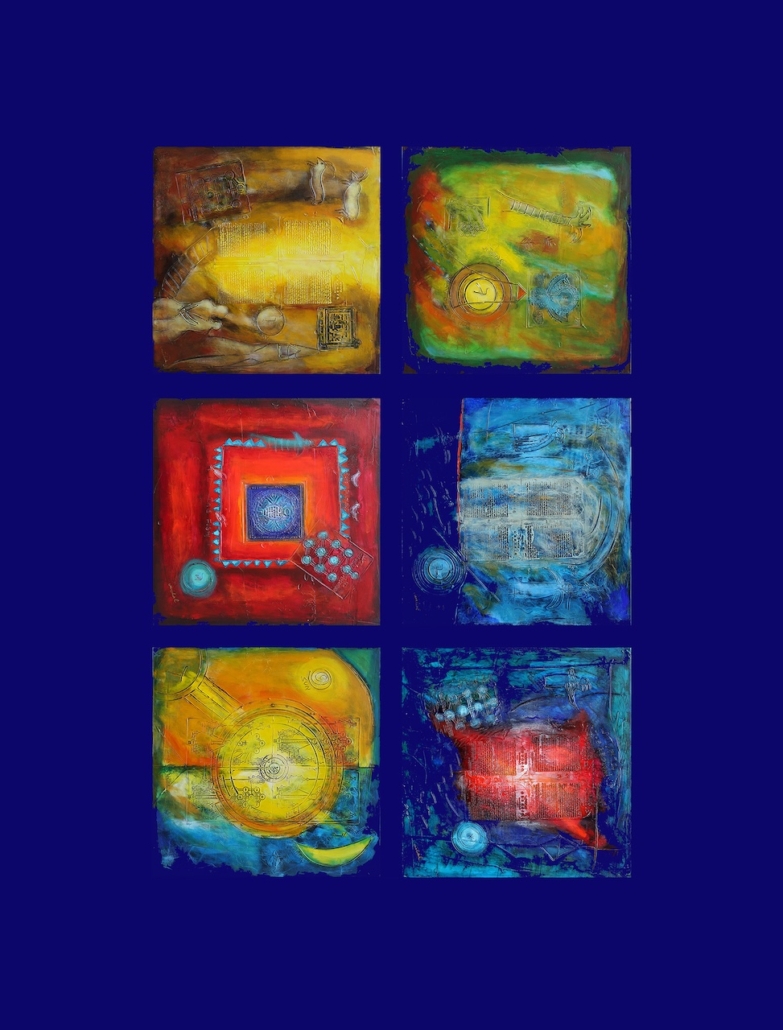
 ©2024 The Studio in Venice by Michal Meron
©2024 The Studio in Venice by Michal Meron

